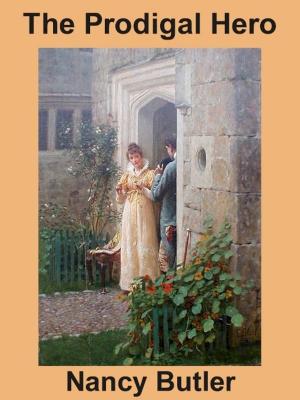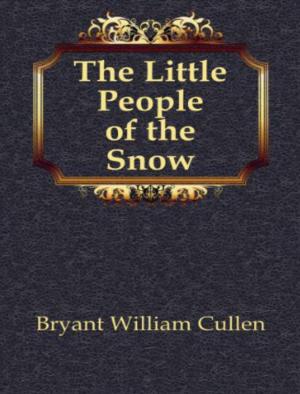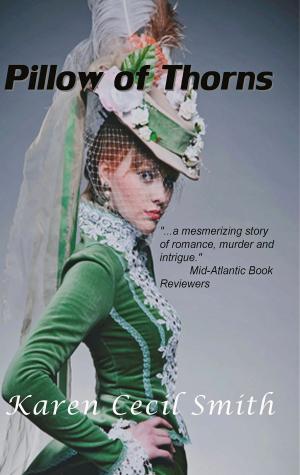The Story of London 1909
(Illustrations)
Nonfiction, Travel, Europe, Great Britain, History, British, Fiction & Literature, Historical| Author: | Henry Benjamin Wheatley | ISBN: | 1230000264688 |
| Publisher: | J.M. Dent & Co. | Publication: | August 30, 2014 |
| Imprint: | Language: | English |
| Author: | Henry Benjamin Wheatley |
| ISBN: | 1230000264688 |
| Publisher: | J.M. Dent & Co. |
| Publication: | August 30, 2014 |
| Imprint: | |
| Language: | English |
Example in this ebook
‘History! What is history but the science which teaches us to see the throbbing life of the present in the throbbing life of the past.’—Jessopp’s Coming of the Friars, p. 178.
THERE can be no doubt that our interest in the dim past is increased the more we are able to read into the dry documents before us the human character of the actors. As long as these actors are only names to us we seem to be walking in a world of shadows, but when we can realise them as beings like ourselves with the same feelings and aspirations, although governed by other conditions of life, all is changed, and we take the keenest interest in attempting to understand circumstances so different from those under which we live.
The history of London is so varied and the materials so vast that it is impossible to compress into a single volume an account of its many aspects.
This book therefore is not intended as a history but as, to some extent, a guide to the manners of the people and to the appearance of the city during the mediæval period.
An attempt is here made to put together some of the ample materials for the domestic history of the city which have been preserved for us.
The City of London possesses an unrivalled collection of contemporary documents respecting its past history, some of which have been made available to us by the late Mr. H. T. Riley, and others are being edited with valuable notes by Dr. Reginald Sharpe.
The Middle Ages may be considered as a somewhat indefinite period, and their chronology cannot be very exactly defined, but for the purposes of this book the portion of the mediæval period dealt with is that which commences with the Norman Conquest and ends with the Battle of Bosworth.
It is impossible to exaggerate the enormous influence of the Norman Conquest. The Saxon period was as thoroughly mediæval as the Norman period, but our full knowledge of history begins with the Conquest because so few historical documents exist before that event. Moreover, the mode of life in Saxon and Norman London was so different that it would only lead to confusion to unite the two in one picture.
In order, however, to show the position of the whole mediæval period in the full history an introductory chapter is given which contains a short notice of some of the events during the Saxon rule, and a chapter at the end is intended to show what remains of the mediæval times were left when Shakespeare lived and Johnson expressed his opinion of the pre-eminent position of London.
It is necessary for the reader to bear in mind that London means the city and its liberties up to the end of the eighteenth century. The enlarged idea of a London in the north and the south, the east and the west, is a creation of the nineteenth century.
The City of London is still the centre and heart of London, and the only portion of the town which has an ancient municipal history.
To be continue in this ebook................................................................................................................
Example in this ebook
‘History! What is history but the science which teaches us to see the throbbing life of the present in the throbbing life of the past.’—Jessopp’s Coming of the Friars, p. 178.
THERE can be no doubt that our interest in the dim past is increased the more we are able to read into the dry documents before us the human character of the actors. As long as these actors are only names to us we seem to be walking in a world of shadows, but when we can realise them as beings like ourselves with the same feelings and aspirations, although governed by other conditions of life, all is changed, and we take the keenest interest in attempting to understand circumstances so different from those under which we live.
The history of London is so varied and the materials so vast that it is impossible to compress into a single volume an account of its many aspects.
This book therefore is not intended as a history but as, to some extent, a guide to the manners of the people and to the appearance of the city during the mediæval period.
An attempt is here made to put together some of the ample materials for the domestic history of the city which have been preserved for us.
The City of London possesses an unrivalled collection of contemporary documents respecting its past history, some of which have been made available to us by the late Mr. H. T. Riley, and others are being edited with valuable notes by Dr. Reginald Sharpe.
The Middle Ages may be considered as a somewhat indefinite period, and their chronology cannot be very exactly defined, but for the purposes of this book the portion of the mediæval period dealt with is that which commences with the Norman Conquest and ends with the Battle of Bosworth.
It is impossible to exaggerate the enormous influence of the Norman Conquest. The Saxon period was as thoroughly mediæval as the Norman period, but our full knowledge of history begins with the Conquest because so few historical documents exist before that event. Moreover, the mode of life in Saxon and Norman London was so different that it would only lead to confusion to unite the two in one picture.
In order, however, to show the position of the whole mediæval period in the full history an introductory chapter is given which contains a short notice of some of the events during the Saxon rule, and a chapter at the end is intended to show what remains of the mediæval times were left when Shakespeare lived and Johnson expressed his opinion of the pre-eminent position of London.
It is necessary for the reader to bear in mind that London means the city and its liberties up to the end of the eighteenth century. The enlarged idea of a London in the north and the south, the east and the west, is a creation of the nineteenth century.
The City of London is still the centre and heart of London, and the only portion of the town which has an ancient municipal history.
To be continue in this ebook................................................................................................................















